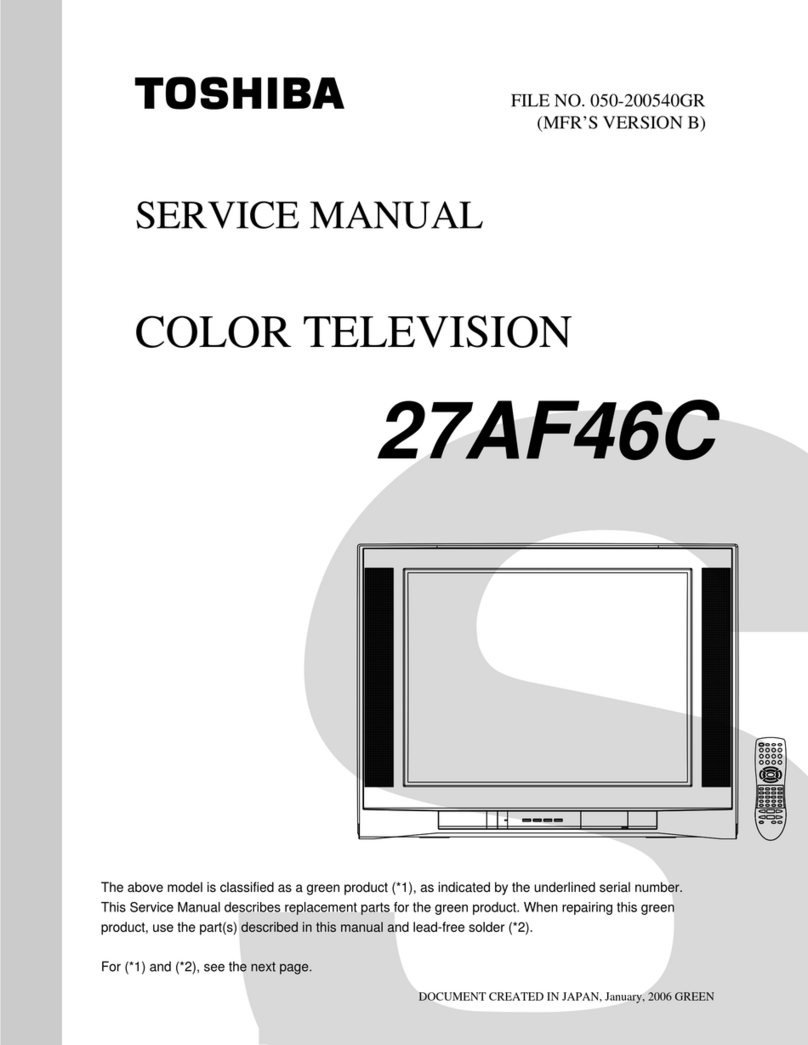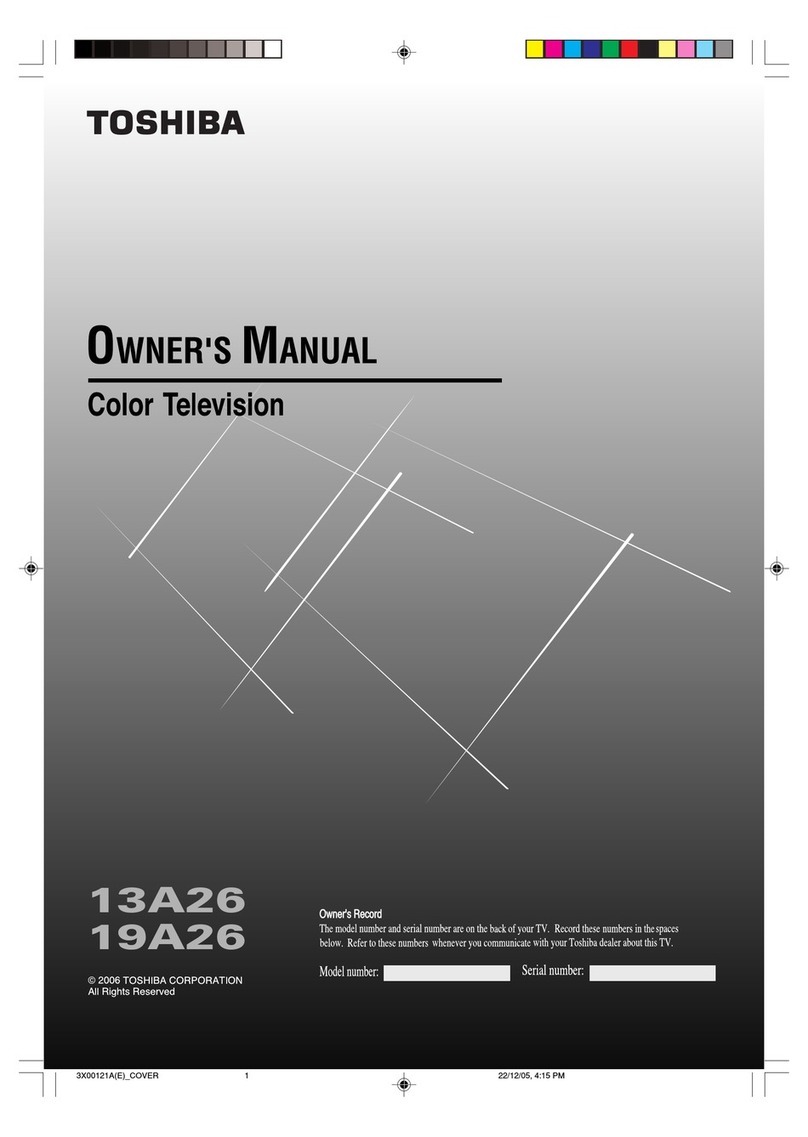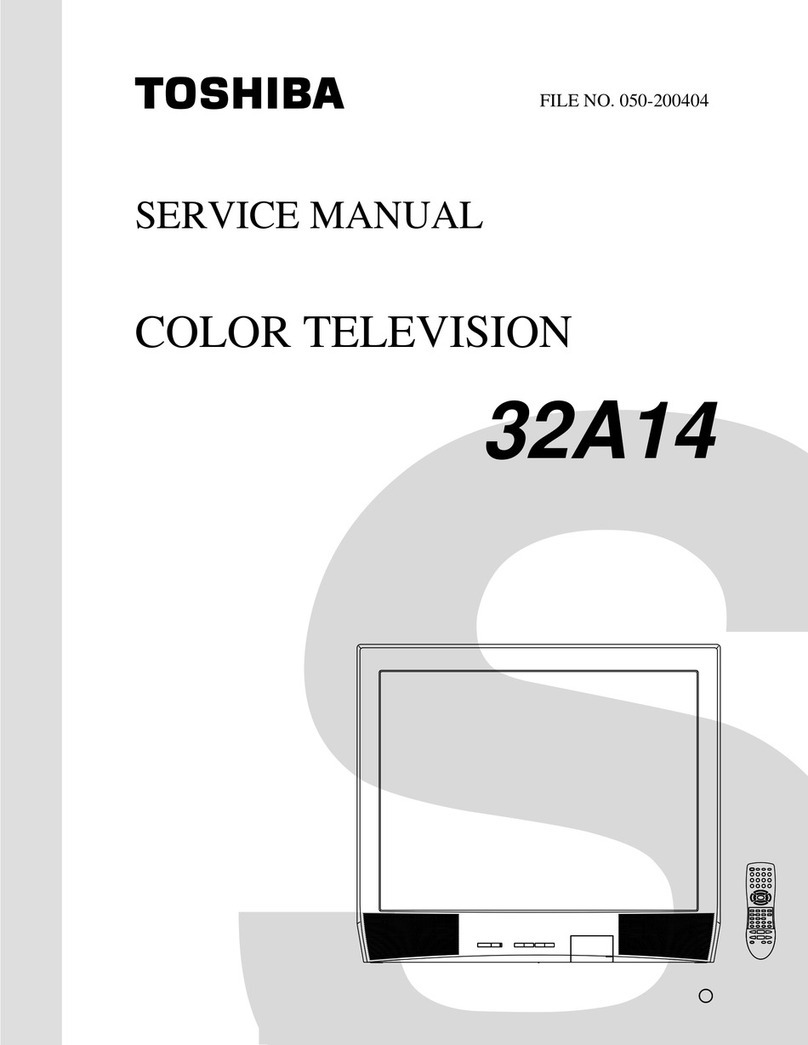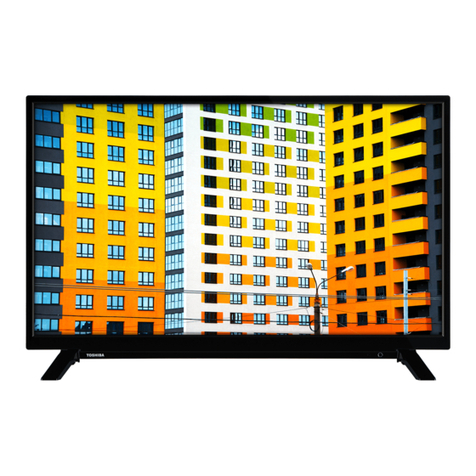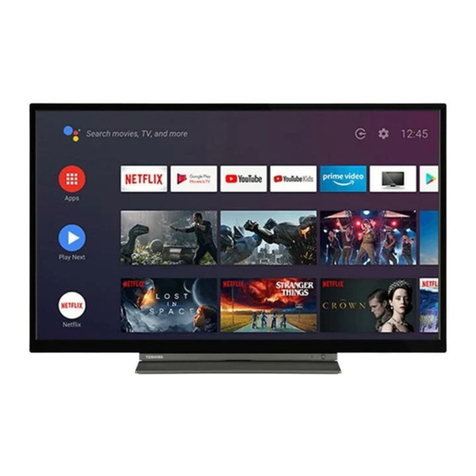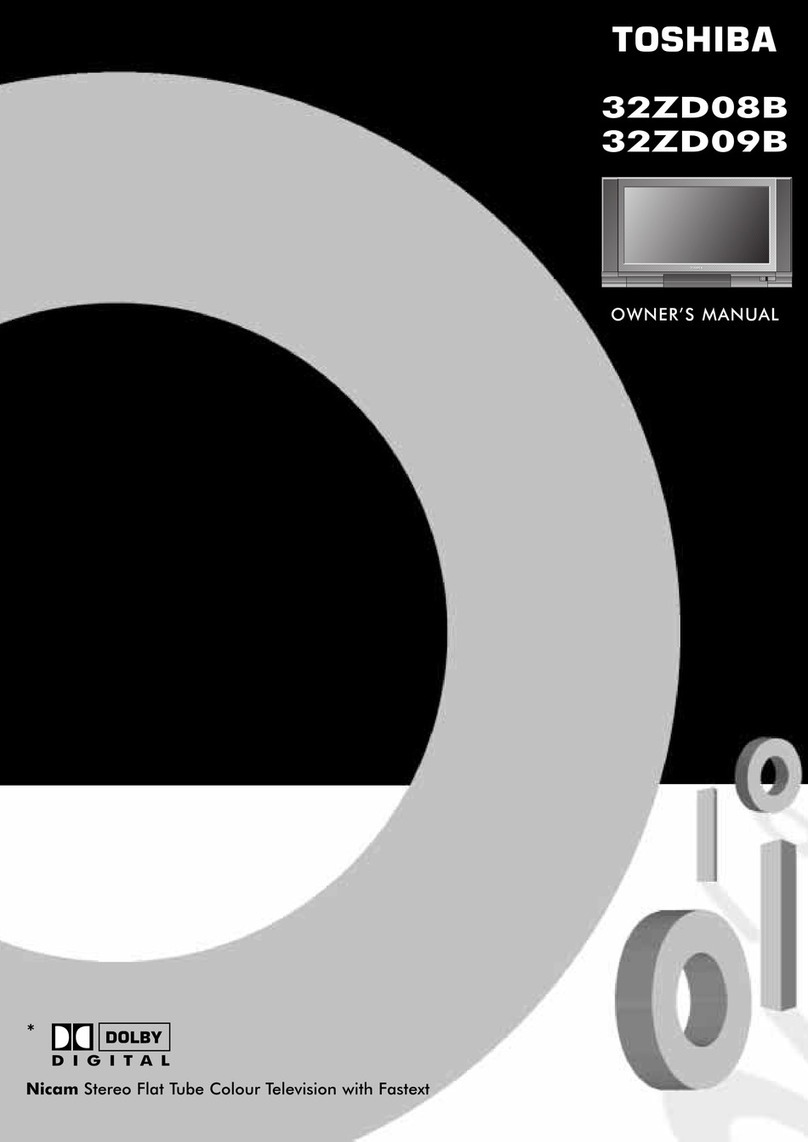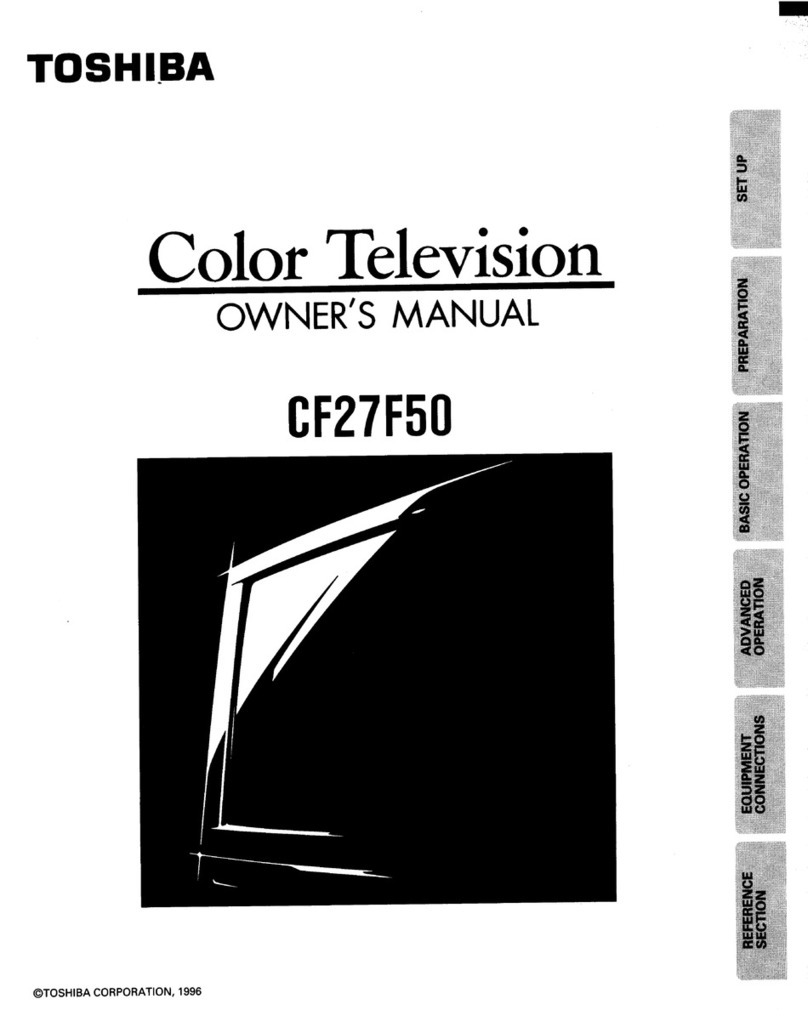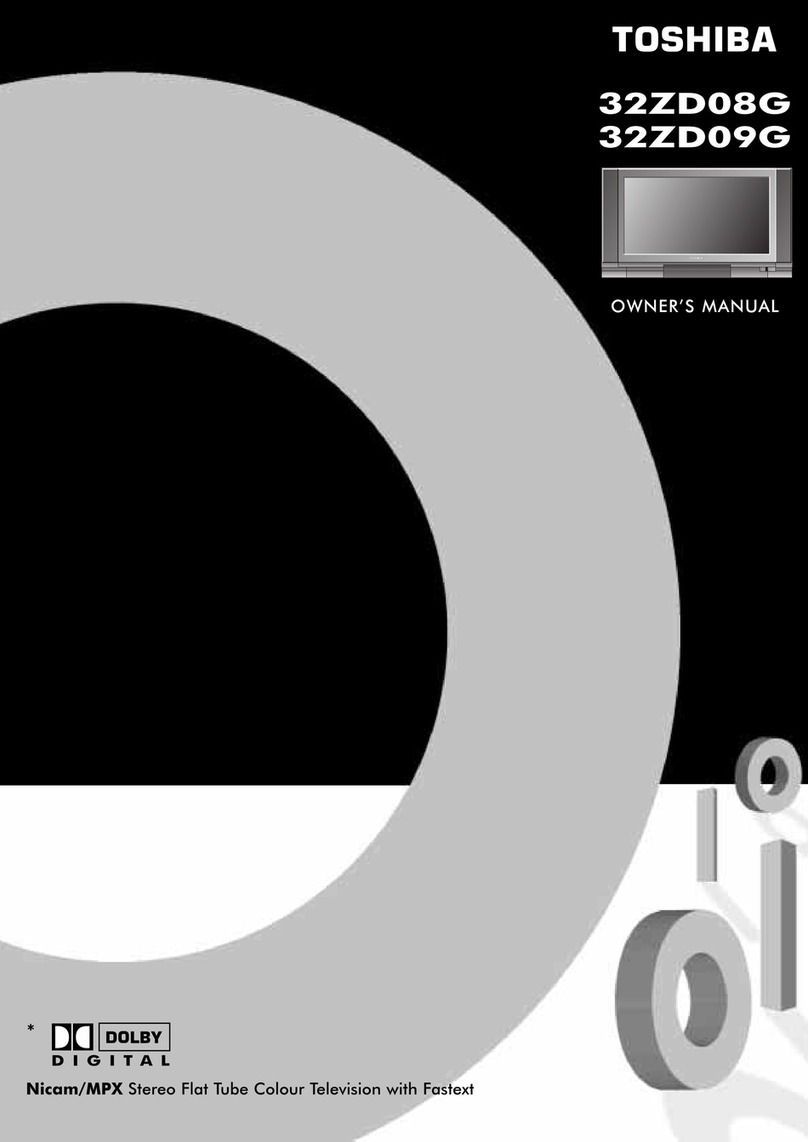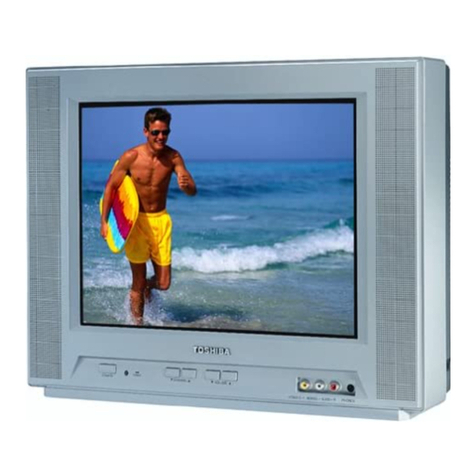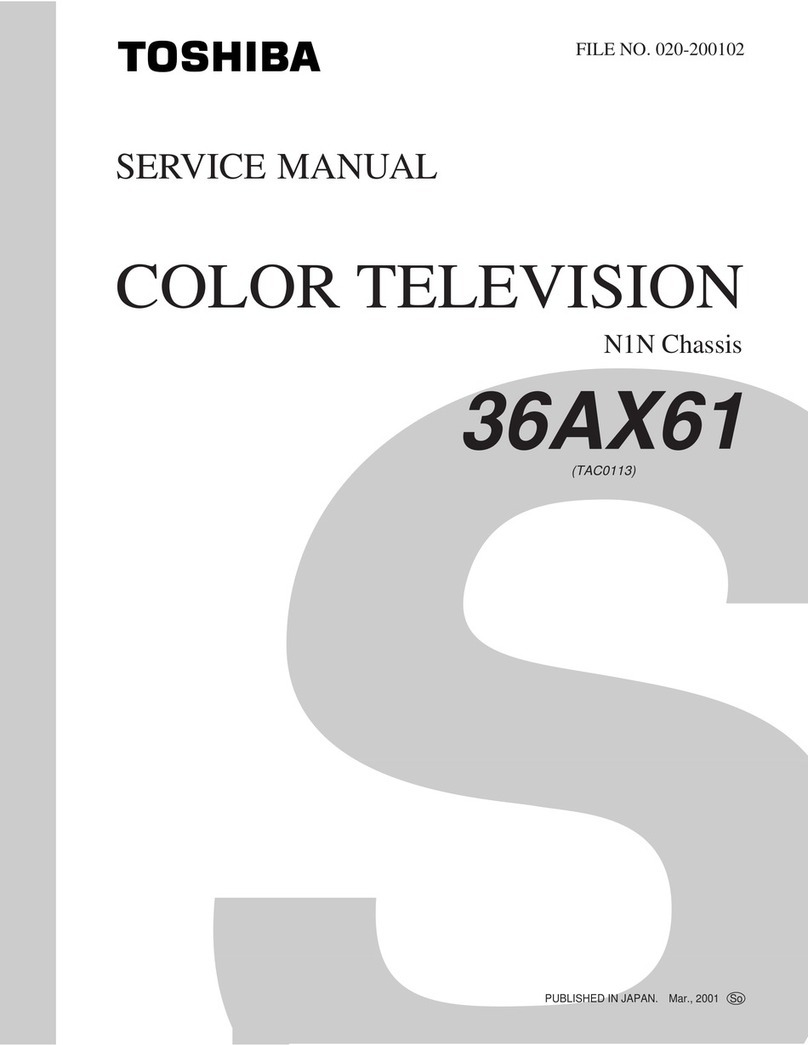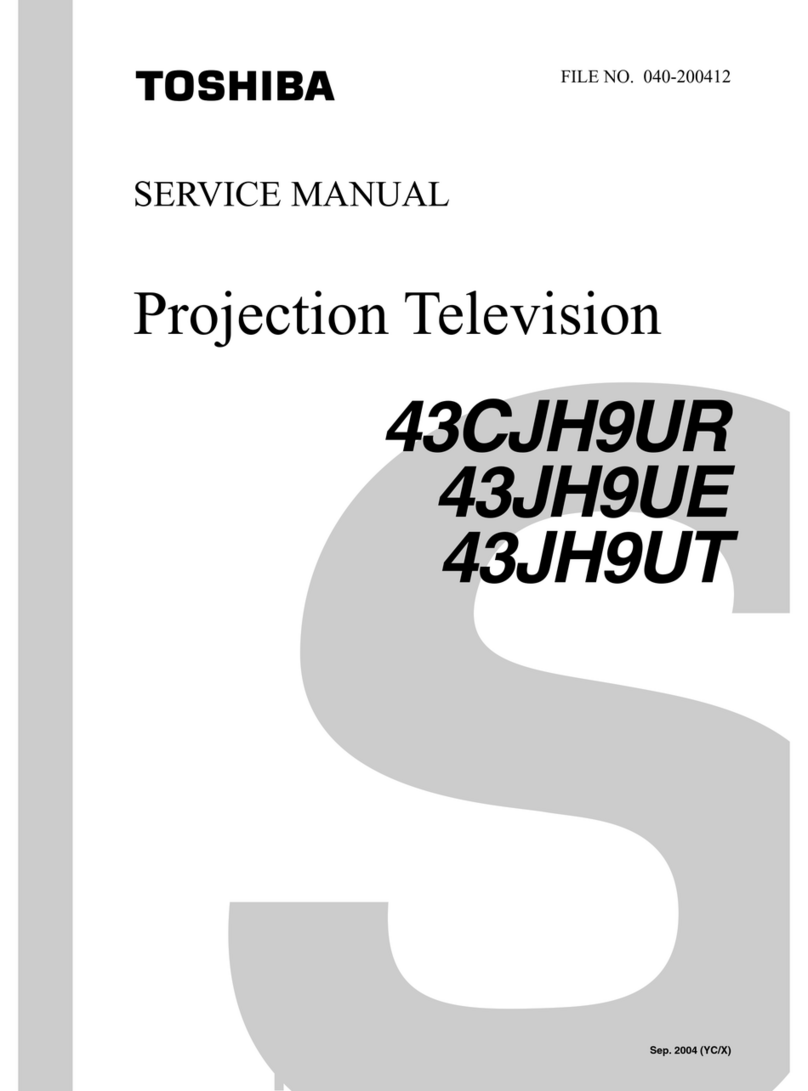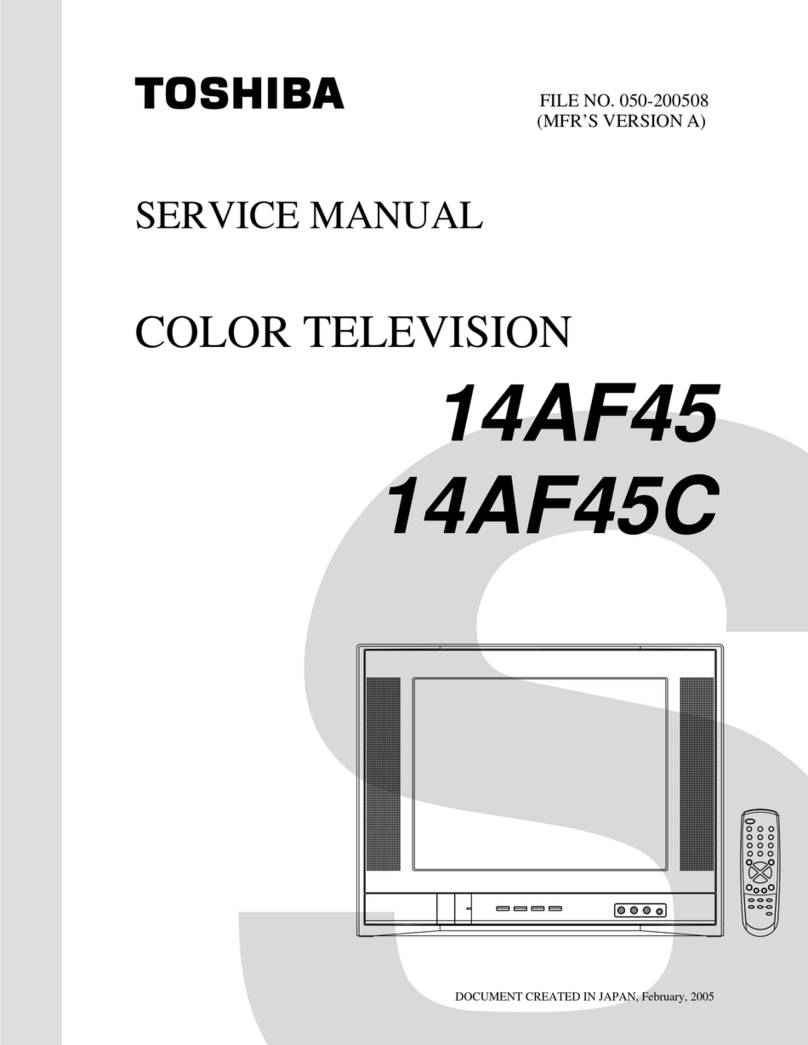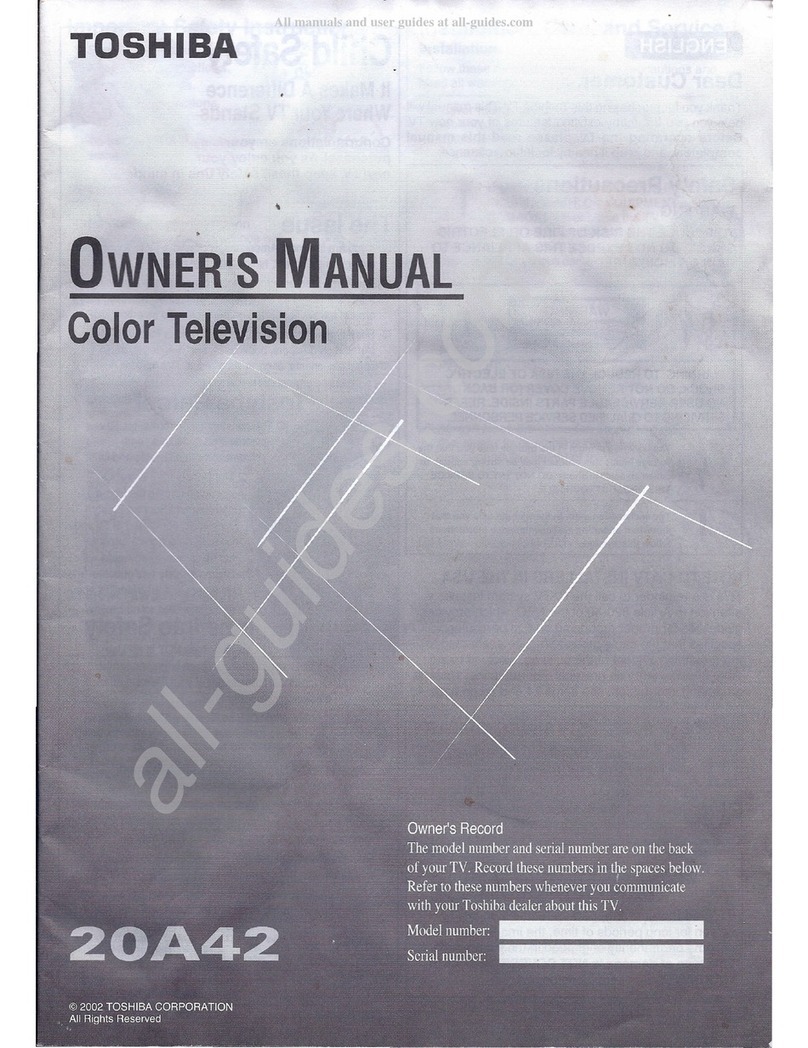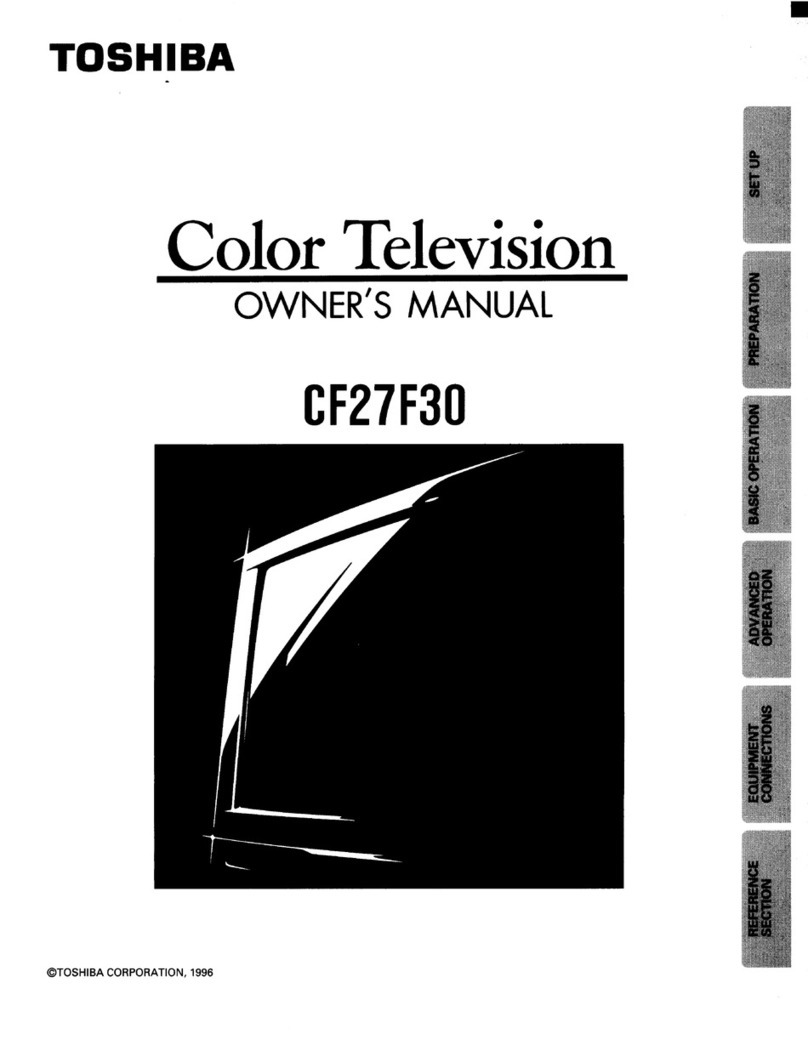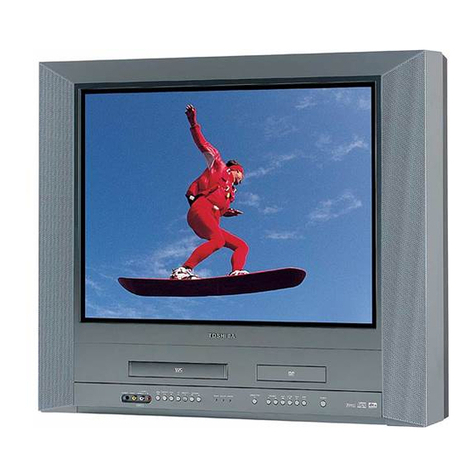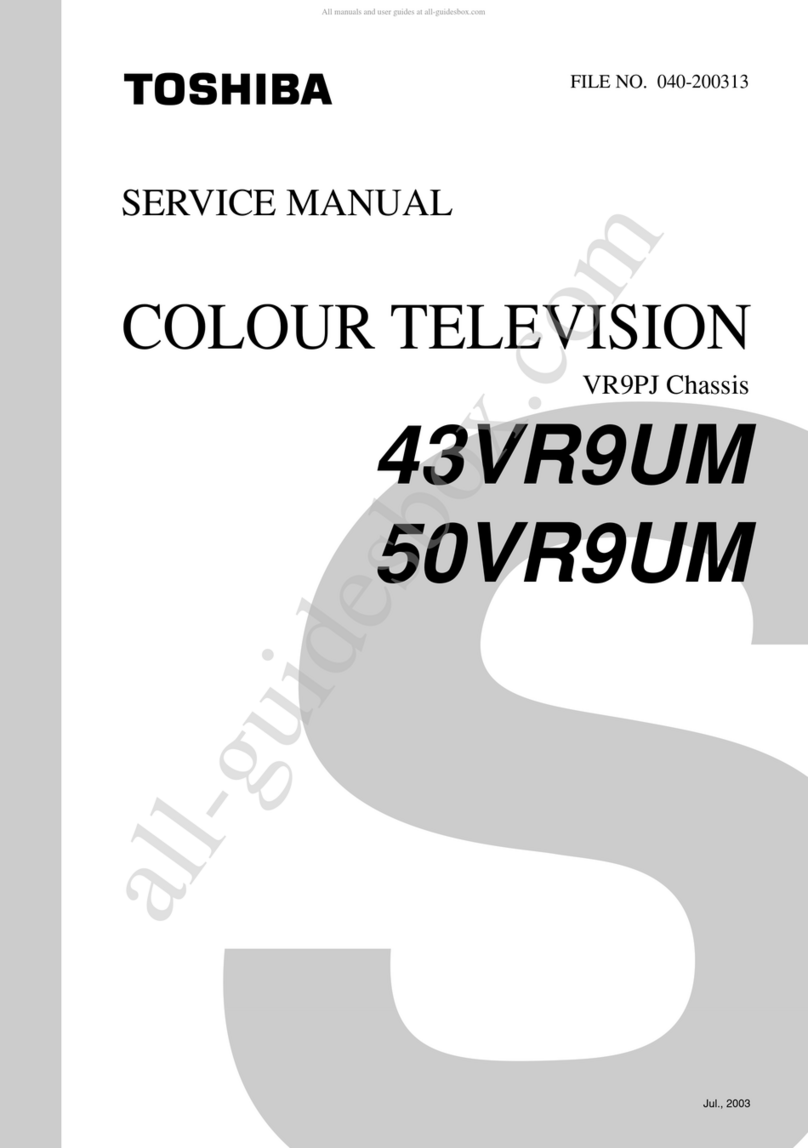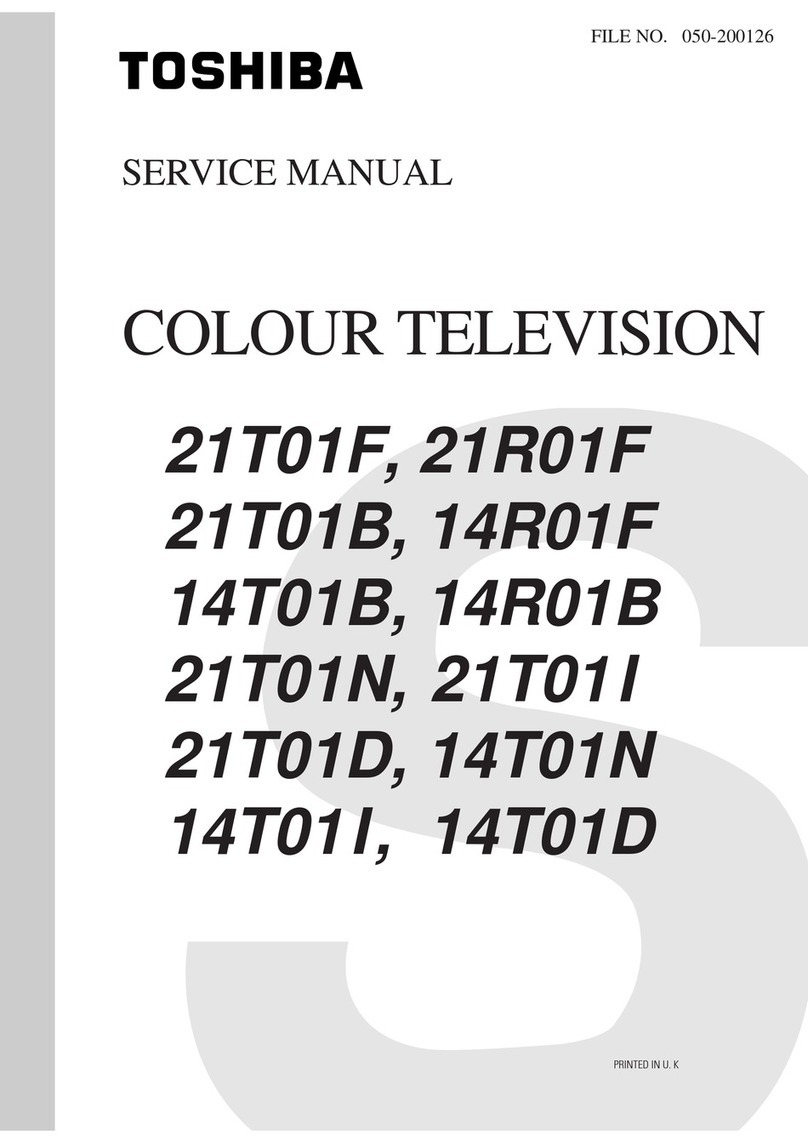
1
CONTENTS
SAFETY PRECAUTIONS: ................................................................................................................................... 2
TV set switched off .......................................................................................................................................... 2
Measu ements ................................................................................................................................................ 2
PERI-TV SOCKET ............................................................................................................................................... 2
SCART 1 2
SCART 2 2
1. INTRODUCTION ............................................................................................................................................. 2
2.SMALL SIGNAL PART WITH STV2248 ........................................................................................................... 3
2.1 Vision IF amplifie ................................................................................................................................... 3
2.2 QSS Sound ci cuit (QSS ve sions) ......................................................................................................... 3
2.3 FM demodulato and audio amplifie (mono ve sions) ......................................................................... 3
2.4 Video switch ............................................................................................................................................ 3
2.5 Synch onisation ci cuit ............................................................................................................................ 3
2.6 Ch oma and luminance p ocessing ...................................................................................................... 4
2.7 RGB output ci cuit ................................................................................................................................... 4
2.8 µ-Cont olle ............................................................................................................................................. 4
3. TUNER ............................................................................................................................................................ 5
4- MULTISTANDARD SOUND PROCESSOR .................................................................................................... 5
5. SOUND OUTPUT STAGE TDA7269A ............................................................................................................. 5
6. VERTICAL OUTPUT STAGE WITH STV9306 ............................................................................................. 5-6
7. VIDEO OUTPUT AMPLIFIER STV5112 ........................................................................................................... 6
8. POWER SUPPLY (SMPS) ............................................................................................................................... 6
9. POWER FACTOR CORRECTION .................................................................................................................. 6
10. SERIAL ACCESS CMOS 8K EEPROM 24C08 ............................................................................................. 6
11. CLASS AB STEREO HEADPHONE DRIVER TDA1308 ................................................................................ 6
12. CLASS AB MONO SUBWOOFER DRIVER TDA7261 ................................................................................... 6
13. SAW FILTERS ............................................................................................................................................... 6
14. IC DESCRIPTIONS AND INTERNAL BLOCK DIAGRAM .............................................................................. 6
ST92195 ....................................................................................................................................................... 7
STV224X ................................................................................................................................................... 7-8
UV1315, UV1316, UV1336 ...................................................................................................................... 8-9
TDA7269A .................................................................................................................................................. 10
STV9306 ..................................................................................................................................................... 10
STV5112 ..................................................................................................................................................... 11
MC44608 .................................................................................................................................................... 11
MSP 34XXG ................................................................................................................................................ 12
24C08 ................................................................................................................................................... 12-13
TDA1308 .................................................................................................................................................... 13
TDA7261 .................................................................................................................................................... 13
SAW FILTERS ............................................................................................................................................. 14
15.CIRCUIT DESCCIRIPTION ................................................................................................................... 15-19
16.AK37 CHASSIS MANUAL ADJUSTMENT PROCEDURE ...................................................................... 20-22
17.OPTION SETTING ................................................................................................................................. 23-25
18.TUNER SETTING ........................................................................................................................................ 26
19.GENERAL BLOCK DIAGRAM of CHASSIS 11AK37 .................................................................................... 27
20.AK37 / TITANIUM - Languages G oups ....................................................................................................... 28
21.AK37 PROJECT BLOCK DIAGRAMS .......................................................................................................... 29
21.1 BLOCK DIAGRAM ................................................................................................................................. 30
21.2 SMPS BLOCK DIAGRAM ....................................................................................................................... 31
21.3 MICRO CONTROLLER BLOCK DIAGRAM ........................................................................................... 32
21.4 VIDEO BLOCK DIAGRAM ...................................................................................................................... 33
21.5 STEREO BLOCK DIAGRAM .................................................................................................................. 34
21.6 SCART BLOCK DIAGRAM ..................................................................................................................... 35
21.7 DEFLECTIOAN BLOCK DIAGRAM ........................................................................................................ 36
21.8 BASE BOADR BLOCK DIAGRAM .......................................................................................................... 37
22. CIRCUIT DIAGRAMS .................................................................................................................................. 38
22.1 SMPS CIRCUIT DIAGRAM .................................................................................................................... 38
22.2 MICRO CONTROLLER CIRCUIT DIAGRAM ......................................................................................... 39
22.3 VIDEO CIRCUIT DIAGRAM ................................................................................................................... 40
22.4 STEREO CIRCUIT DIAGRAM ............................................................................................................... 41
22.5 SCART CIRCUIT DIAGRAM .................................................................................................................. 42
22.6 BASE BOARD CIRCUIT DIAGRAM ....................................................................................................... 43
22.7 CRT BOARD CIRCUIT DIAGRAM ......................................................................................................... 44
